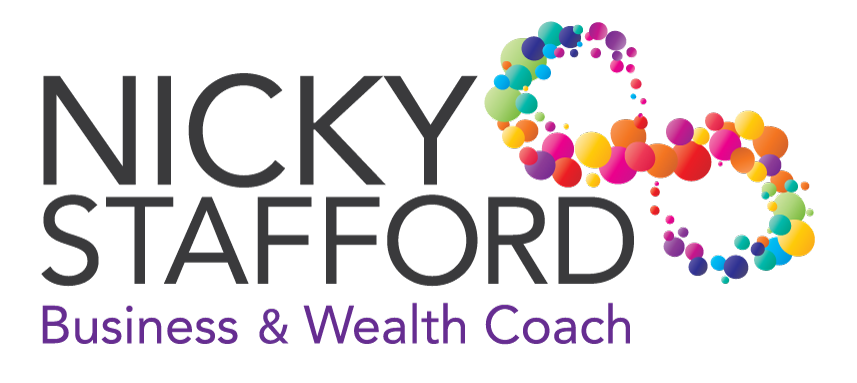Australians like to move home. Especially young Australians. According to the 2016 census data, while almost 20% of Australians moved house in the 12 months prior to the census, Australians aged 18-24 moved home at almost three times the rate of people aged 55-64. Here is how the ABS breaks the numbers down:

Of course, this data makes perfect sense. Young adults move house more often. There are a whole host of reasons for this, including younger people wanting to have some adventures before they ‘settle down.’ While the pandemic has slowed things down, experiences like a big overseas backpacking trip are still rites of passage for many young Australians.
In what may well be a ‘chicken or the egg’ scenario, young people are also much less likely to own their own home than older Australians. According to market research, the average age for buying a first home in Australia is now 36. It might be that young people defer buying a home because they do not want to settle down. However, young people may be struggling to ‘settle down’ because they are struggling to buy their first home – especially when you consider affordability right now.
One potential solution that can help people buy property sooner is ‘rentvesting.’ Rentvesting sounds complicated, but it really boils down to a situation where people ‘rent’ in one place and own a property in another. They are simultaneously a landlord and a tenant. (Including, of course, where the place they are ‘renting’ belongs to Mum and/or Dad).
If rentvesters use debt to buy property, then that debt can be made effectively cheaper through negative gearing, which allows interest on the debt and other holding costs to be tax deductible. Of course, any rent collected is taxable as income, but negative gearing refers to situations where the holding costs of a property exceed the income generated. If the person has taxable income somewhere else, negative gearing lowers their tax bill.
Australian history suggests that buying property sooner, especially many years sooner, has usually been a good move. This can make rentvesting a particularly good idea. Think of a person aged (say) 24 who buys a property that they rent out, while continuing to live where they want as a renter (or backpack around the world). By the time they come to want to settle down in a home they own (on average, at age 36), they will have access to a home that they bought at prices that are now 12 years old.
Of course, they may not want to live in that house. It doesn’t really matter: they will have ‘hedged’ themselves into the housing market at prices that applied when they were 24. Any general increase in prices over the subsequent 12 years should be reflected in the value of their current property. This property can now be sold at 2022 prices to finance the new purchase.
This aspect of rentvesting – potentially selling your property at some future time – makes good planning particularly important. Presuming all has gone well, any sale would give rise to a capital gain. Capital gains are good news – but they can give rise to capital gains tax. There are things you can do to best manage CGT, and much depends on how you buy the asset, not how you sell it. But these are nice problems to solve. And even better reasons to talk to us before you get started! So if you or someone you know would suit rentvesting, make the time to talk to us and we can make sure you start the way you want to finish.






